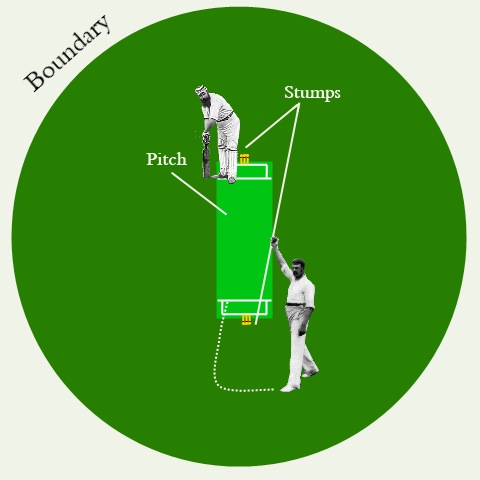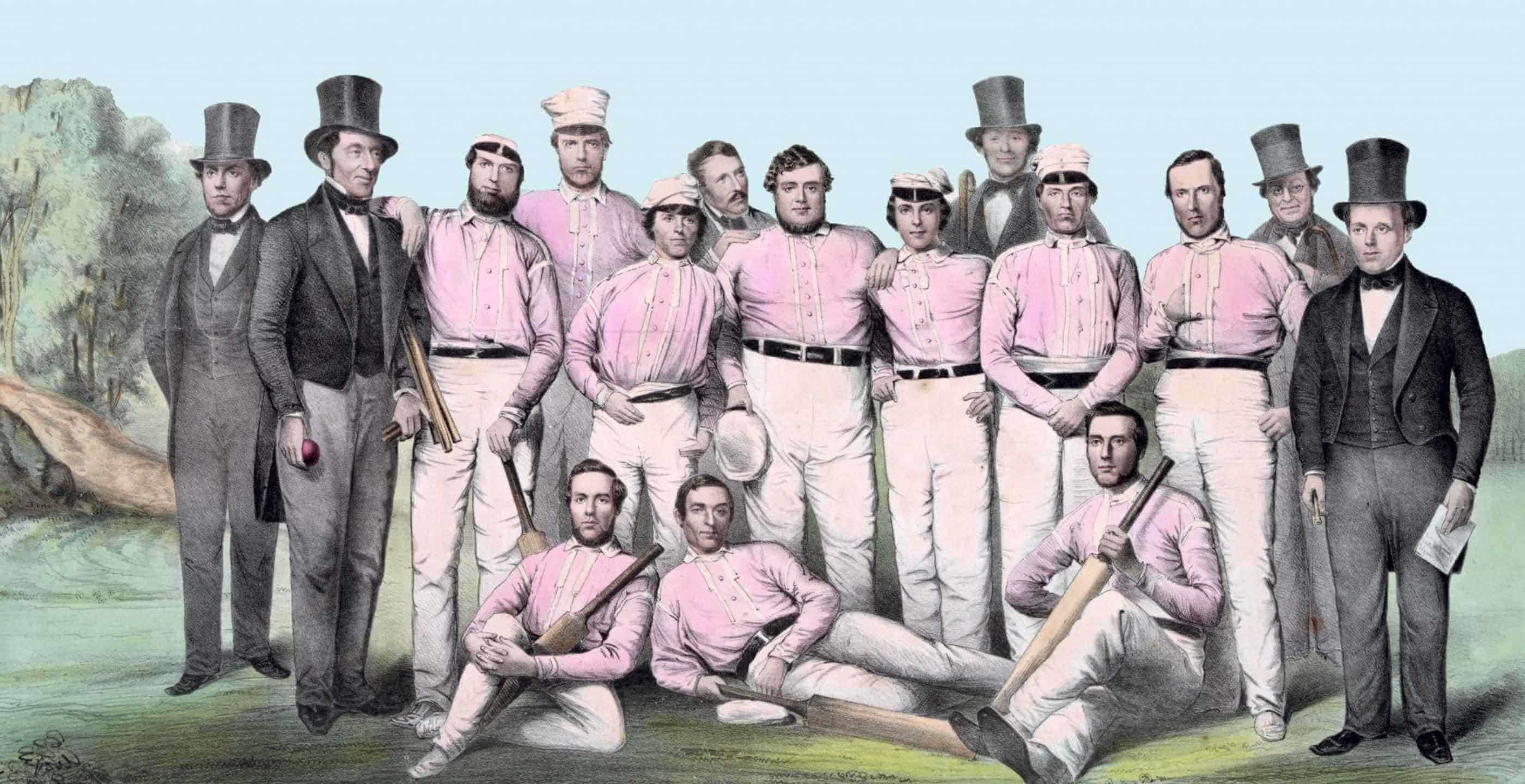Confused about Cricket?
Confused about cricket? You’re not alone! With the world’s eyes currently on England for the 2012 games, we’ve decided to take a different tact for this week’s blog and are focusing on the rules of this most quintessential of English sports.
The basic concepts are fairly easy to grasp, and share a lot of similarities with baseball. There are two teams of eleven, one team that is in ‘bat’ and one that is ‘fielding’. Let’s start by taking a look at the pitch:

The team that are in ‘bat’ (represented by the chap with the impressive beard) take turns to score as many ‘runs’ as possible without being caught out. If the batsman hits the ball into the boundary area WITHOUT it touching the ground, then that’s 6 points. If the batter hits the ball into the boundary area but it hits the floor before getting there, then that’s 4 points. Easy!
The batsman can also score points without hitting the boundary. In this case, after the ball is hit, the batsman attempts to run to the stumps at the other end of the pitch. This can be quite risky however, as if the opposing team hit the stumps with the ball before the batsman has reached the white line in front of it (known as the crease) then he is out of the game.
Once the batsman has been caught or bowled out, he is replaced by the next man. This is repeated until all eleven players are out.
The team that is ‘fielding’ attempt to get the batsman out, either through hitting the stumps with the ball or by catching the ball in the air after it is hit. There are other ways to get the batsman out, but for simplicities sake we’ll keep them out of this blog post. The most important person in the fielding team is usually considered the bowler.
The game (which can take up to 5 days to finish!) is considered over when both teams have been in (and out) at batting… and that’s about it. We’ve had to miss quite a few of the more obscure rules of this blog post, but for more information be sure to read our History of Cricket article.
